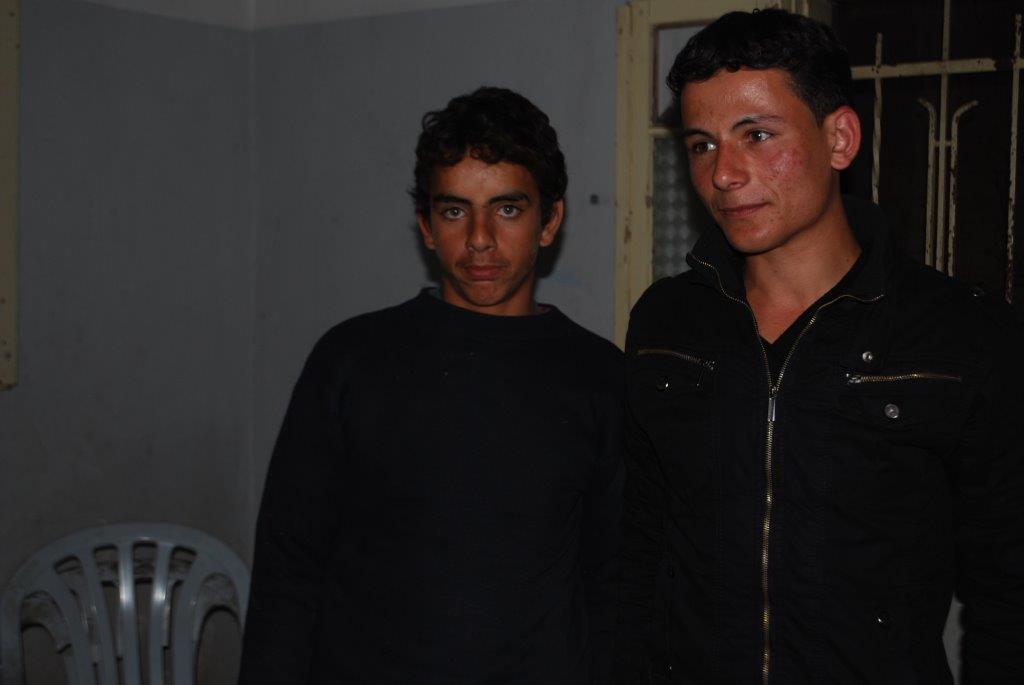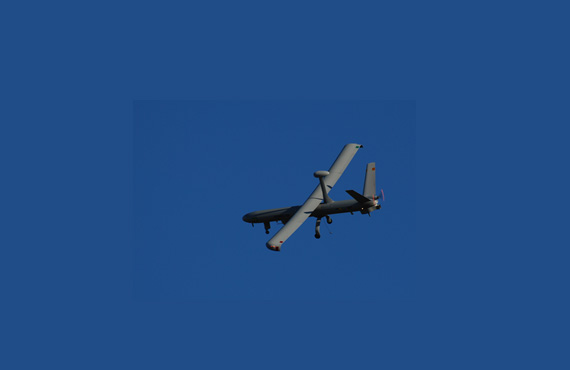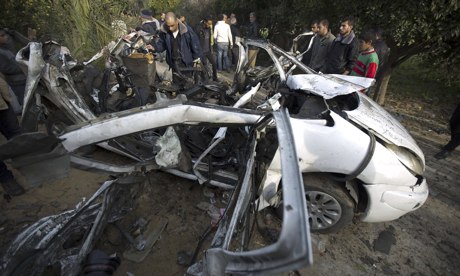Category: Gaza
-
Two Palestinian fishermen, including child, kidnapped by Israeli forces off Gaza
27th January 2014 | International Solidarity Movement, Rosa Schiano | Gaza, Occupied Palestine On Monday, 20th January, at about 6:00 am, Yousef Amin Abo Warda (age 18) and his cousin Ahmad Kamal Abo Warda (age 16) left their house to go fishing in a small boat without an engine. Around 7:30 am they were fishing in…
-
Gaza: Life beneath the drones
25th January 2014 | Corporate Watch, Tom Anderson and Therezia Cooper | Gaza, Occupied Palestine In the Gaza Strip there is no escape from Israel’s drones. Nicknameed ‘zenana’by Palestinians because of their noisy buzzing, the drones (remote control aircraft) are omnipresent. Sometimes they are there to carry out an extra judicial killing and sometimes they are there…
-
Israeli warplanes kill member of Palestinian armed group and his cousin in Beit Hanoun, Gaza
23rd January 2014 | Palestinian Centre for Human Rights | Gaza, Occupied Palestine In an extra-judicial execution attempt, on Wednesday 22 January 2014, an Israeli drone fired a missile at a civilian car in Beith Hanoun, Northern Gaza. As a result, both passengers, a member of a Palestinian armed group and his cousin, were killed…



